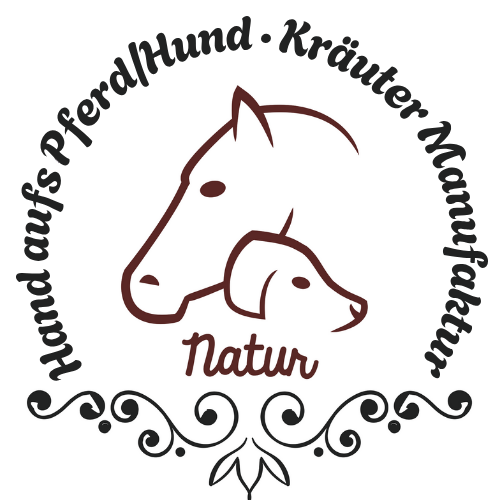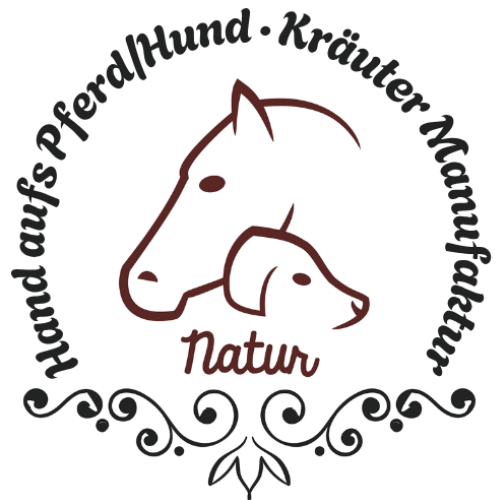
The liver in horses - metabolism & detoxification
The liver in horses: Focus on metabolism and detoxification
The liver is one of the most important organs in a horse's body, responsible for numerous vital functions. It plays a central role in metabolism, detoxification, and the regulation of numerous physiological processes. A well-functioning liver is crucial for the horse's health and well-being. In this blog post, we will take a closer look at the role of the liver in horses, particularly with regard to metabolism and detoxification.
The liver as a central metabolic organ
The liver is the central organ for metabolism, as it controls many biochemical reactions essential for the horse's survival. It is the key player in processing nutrients that the horse ingests through food and ensures that these nutrients are available and usable by the body.
1. Carbohydrate metabolism
The liver plays a crucial role in carbohydrate metabolism by storing and releasing glucose. This occurs primarily in the form of glycogen , which is stored in the liver cells. When needed (for example, between meals or during physical activity), the liver can convert glycogen into glucose and release it into the blood to maintain stable blood sugar levels. This ability is especially important because horses derive most of their energy from sugar and carbohydrates.
-
Glycogen formation : After a meal containing sugar or starch, the liver converts excess glucose into glycogen to store it as an energy source.
-
Gluconeogenesis : When the body's glucose supply decreases, such as during fasting or intense exercise, the liver can produce new glucose from other precursors (e.g. amino acids).
2. Lipid metabolism
The liver is also involved in the processing of fatty acids. It stores fat and converts it into various forms to meet the body's energy needs. Excess dietary fats are converted into triglycerides in the liver and then stored in fat cells throughout the body. It is also responsible for the formation of cholesterol and lipoproteins , which are necessary for the transport of fat molecules throughout the body.
-
Ketone body production : When the body's glucose supply is depleted (for example, during prolonged fasting), the liver can convert fatty acids into ketone bodies, which serve as an alternative energy source.
3. Protein metabolism
Another important area in which the liver plays a key role is protein metabolism . It is responsible for the synthesis of most plasma proteins, including albumin , which plays an important role in blood plasma for fluid balance and the transport of substances. The liver also breaks down excess amino acids and converts them into urea, which is then excreted via the kidneys.
The liver and detoxification
One of the liver's most prominent functions is its role in detoxification . It is able to filter harmful substances from the blood and convert them into less harmful or water-soluble compounds, which are then excreted via urine or bile.
1. Detoxification of waste products
The liver filters toxic substances from the blood that can be produced by metabolism or diet. This includes:
-
Ammonia : A waste product of protein metabolism that is converted into urea in the liver and then excreted in the urine.
-
Bilirubin : A breakdown product of the red blood pigment hemoglobin, which is processed in the liver and excreted via the bile.
2. Breakdown of medications and toxins
The liver is also capable of metabolizing and detoxifying various medications, chemicals, and toxins. These are converted in the liver by special enzymes, particularly cytochrome P450 , so that they are less harmful to the body and can be excreted.
-
Drug metabolism : The liver changes the structure of drugs so they can be more easily excreted through the kidneys or bile. This is important because many drugs can be potentially harmful if they remain in the body.
-
Detoxification of toxins : Poisons that the horse can absorb through food or the environment (e.g. plant toxins) are also detoxified by the liver, where they are converted into less harmful substances.
3. Bile production and fat digestion
The liver produces bile , which is necessary for the digestion of fats. Bile is produced in the liver and then stored in the gallbladder, from where it is released into the small intestine as needed to emulsify dietary fats and facilitate their digestion. Bile also contains red blood cell breakdown products (such as bilirubin), which are excreted from the body via bile.
Liver diseases in horses
Like any organ, the horse's liver can become diseased. Liver diseases can impair the body's ability to detoxify and regulate metabolism. The most common liver diseases in horses include:
-
Liver fibrosis : A gradual scarring of liver tissue, often caused by chronic inflammation or toxins.
-
Liver abscesses : Collections of pus in the liver, often caused by bacterial infections.
-
Hepatitis : Inflammation of the liver, which can be caused by infections (e.g. viral hepatitis) or toxic substances.
-
Copper poisoning : An excessive accumulation of copper in the liver, which can lead to liver tissue damage. This often occurs due to nutritional problems when horses ingest too much copper.
-
Fatty liver : An accumulation of fat in the liver cells that can lead to dysfunction. This often occurs in horses that are overweight or lack adequate exercise.
Symptoms of liver disease in horses
Liver diseases are often difficult to diagnose because they present with nonspecific symptoms. The most common signs include:
-
Jaundice (icterus) : A yellowish discoloration of the skin, mucous membranes, and eyes, indicating a buildup of bilirubin in the blood.
-
Loss of appetite and weight loss : Horses with liver disease often show reduced feed intake and lose weight.
-
Changes in coat condition : The coat change may be disturbed and the coat may become dull or irregular.
-
Lameness and movement disorders : In advanced cases, movement disorders can occur because the body's detoxification processes are disrupted and the muscles are undersupplied.
-
Colic and digestive problems : Since the liver is responsible for the production of bile, impaired liver function can lead to digestive problems.
Diagnosis of liver diseases
The diagnosis of liver disease in horses is usually made through a combination of clinical examination, blood tests and imaging techniques:
-
Blood tests : Elevated liver enzymes (such as ALP, ALT, and GGT) in the blood may indicate liver disease.
-
Ultrasound examination : An ultrasound can be used to detect structural changes or abscesses in the liver.
-
Liver biopsy : In some cases, a biopsy may be necessary to determine the severity of the disease and the exact cause.
Treatment and prevention of liver diseases
Treatment for liver disease depends on the cause and severity of the disease. Common approaches include:
-
Drug treatment : Medications to support liver function or to combat the underlying cause (e.g., infection, inflammation, or toxins).
-
Dietary changes : A low-fat and low-protein diet can help relieve strain on the liver. For liver disease, a customized diet is often recommended that is easily digestible and doesn't place additional strain on the organ.
-
Avoiding toxins : Avoiding toxins and harmful substances (e.g. certain plants or medications) is important to prevent further damage to the liver.
Prevention of liver disease includes a balanced diet, healthy exercise, and regular veterinary examinations to detect and treat signs of disease early.
The liver is an essential organ for the horse's metabolism and detoxification. It is not only responsible for processing nutrients and producing energy, but also plays a key role in detoxifying the body. A healthy liver is therefore essential for a horse's overall well-being and performance. Timely diagnosis and treatment of liver disease can help prevent serious health problems and keep the horse healthy in the long term.
Source: Martina Hemm May 2025

